Peonies are beloved for their stunning blooms, but issues like powdery mildew, leaf blotch, and botrytis blight can hinder their beauty. Seeking natural remedies is not only effective but also eco-friendly. In this blog, we’ll explore 100% natural solutions to combat common peony leaf and flower problems, ensuring your garden blooms with vibrant and healthy peonies all season long.
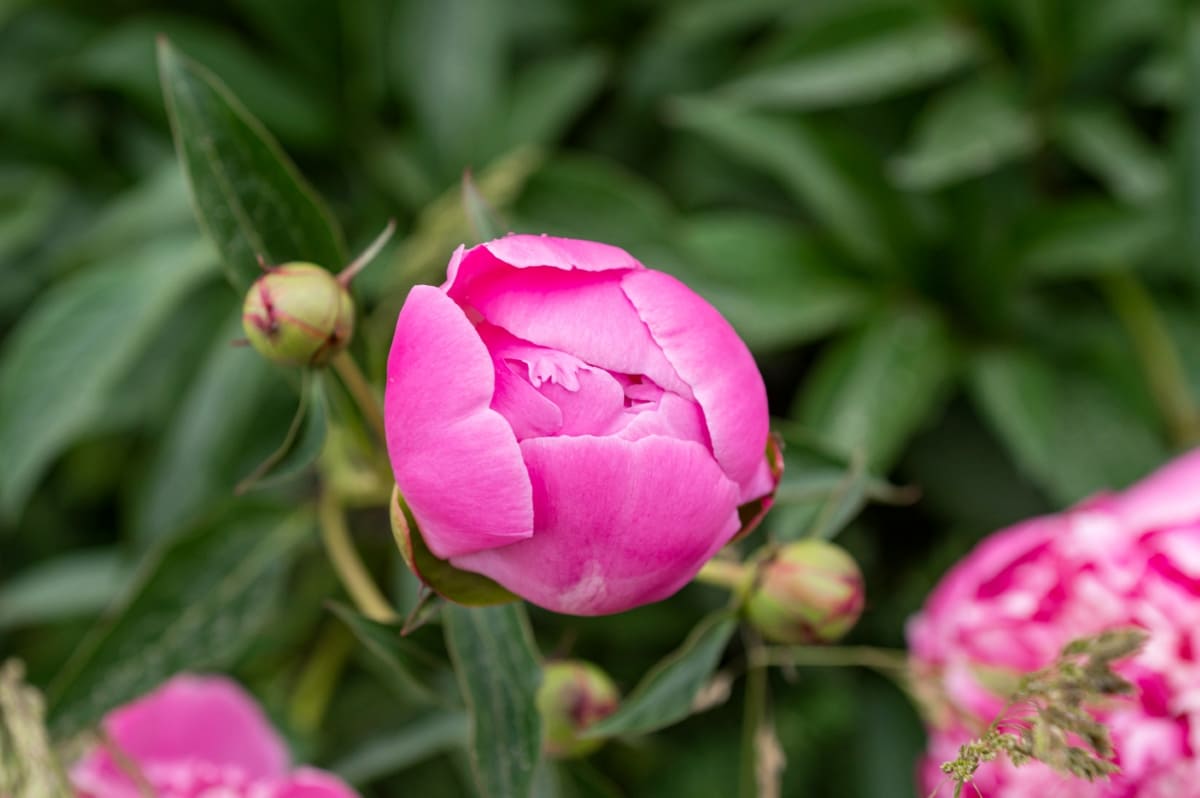
About Peony Characteristics
Peonies belonging to the Paeoniaceae family are prized for their lush blooms and resilience. Typically found in perennial borders, these perennial plants or deciduous shrubs boast large, colorful flowers ranging from white and pink to red, yellow, orange, or purple. While they may not bloom initially, peonies typically flower reliably every year from late spring to early summer.
Peonies thrive in full sun but benefit from afternoon shade in hot climates to ensure optimal growth. Regular watering is essential, particularly during dry spells, while maintaining good air circulation by removing fallen leaves and deadheading old flowers promotes plant health. Shielding blossoms from strong winds prevents damage. Additionally, mulching around plants helps regulate soil temperature, particularly in warmer regions, ensuring roots remain cool and protected.
Introduction to Peony Care: Understanding Basic Needs
To thrive and delight us with their splendid blooms, peonies require certain conditions to keep them content. They prefer rich, well-draining soil with ample sunshine. Regular water is also appreciated, especially on hot days. With care taken to meet these simple needs, your peonies will reward you with years of flowering joy.
Preventing Common Peony Diseases Naturally
Like all living things, peonies can sometimes contract diseases. However, with preventative TLC and organic solutions, you can help your floral friends avoid common afflictions. Good sanitation and airflow are key—remove any diseased debris promptly. A little prevention goes a long way! Practices such as crop rotation, debris removal, and proper watering techniques can significantly reduce disease incidence. Introducing beneficial insects also plays a role in maintaining a balanced garden ecosystem.
Eco-Friendly Solutions for Fungal Infections
Pesky fungal infections sometimes disturb peonies’ peace. But worry not! Natural remedies like neem oil or baking soda spray can combat these invaders without harm. Just a simple spray is all that’s needed to restore balance to your beloved blooms. These remedies alter the pH of the leaf surface, making it inhospitable for fungi to grow.
In case you missed it: Pest Management in Marigold Crop: Major Insect Pest of Marigolds and Best Insecticide for Marigolds
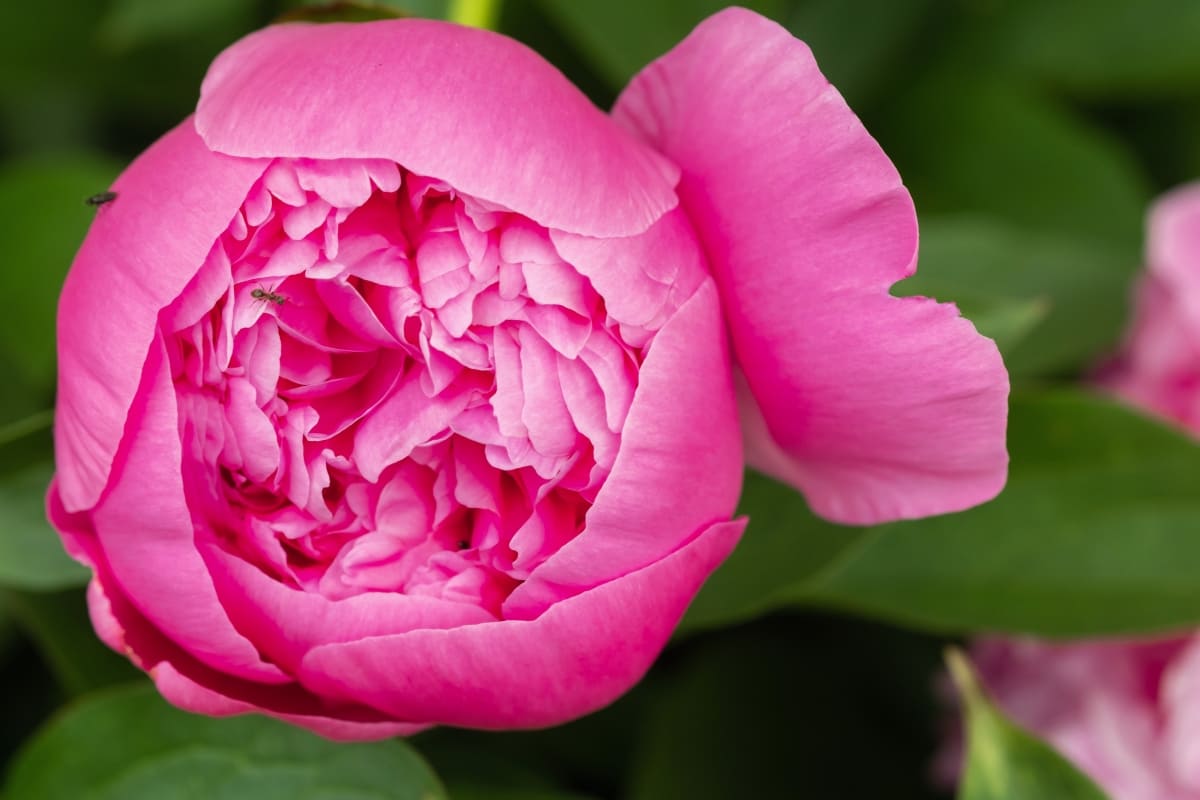
Natural Remedies for Peony Blight
If blight threatens your peonies, fear not—organic elixirs can halt its spread. Destroy infected parts and spray an herbal tonic to strengthen resistance. With TLC and home remedies, your flowers will soon smile again in full health. Increasing air circulation around plants and applying organic fungicides like sulfur or copper-based sprays can effectively control blight.
Combating Powdery Mildew with Organic Methods
That annoying powdery coating on leaves is a sign of mildew’s mischief. But all is not lost—your peonies can easily defeat this foe. Neem oil or other sprays will stop mildew’s march, letting leaves flourish mildew-free once more. Powdery mildew is a major and common fungal issue that can be tackled with organic methods such as potassium bicarbonate sprays or oil extracts. These treatments disrupt the fungal growth without harming beneficial organisms.
Safe Approaches to Address Peony Leaf Spot
Dark spots marring leaves? Fear not, for leaf spot has natural solutions. Remove infected foliage and improve airflow, and your peonies will soon shine, spot-free, and strong. With care and home remedies, they’ll thrive for years to come. Ensuring good air circulation with an avoiding overhead watering also help prevent leaf spot diseases.
Botrytis Management: Organic Control Strategies
If botrytis arrives, don’t worry—this fungal foe is no match for organic sprays. A baking soda or neem oil application will restore balance, letting peonies bloom free from botrytis’ blight. With TLC, your flowers will flourish mightily once more. Organic control strategies include sanitation practices, humidity control, and the use of biofungicides that contain beneficial bacteria or fungi to combat the pathogen.
Eradicating Peony Ring Spot Virus Naturally
Alas, viral diseases have no cure. But fear not—with preventative care, your peonies need not face this foe at all. Remove infected plants promptly and protect the rest. With vigilance, your garden stays virus-free, and your peonies thrive. Naturally While viral diseases like ring spots cannot be cured, they can be managed by removing infected plants and controlling aphid populations naturally through predators or insecticidal soaps.
Organic Pest Control: Thwarting Peony Pests
While pests may bug, there are natural ways to ward off all invaders from your peonies’ domain. Neem oil or insecticidal soap sprays will banish bothersome bugs without harming helpful insects or the environment. Balance is restored, and peonies flourish in peace once more. Organic pest control involves introducing natural predators, using insecticidal soaps, or applying horticultural oils. These methods effectively thwart pests while preserving the garden’s ecological balance.
Natural Solutions to Common Peony Pests: Aphids, Thrips, and Mites
Should tiny troublesome types like aphids, thrips, or mites dare disturb your peonies, fear not. A simple spray of neem oil or soap will banish these bugs, letting peonies bloom in bug-free bliss. Balance is restored with minimal effort or fuss. Aphids, thrips, and mites can be controlled using natural predators like ladybugs or lacewings. Neem oil, diatomaceous earth are also effective against these common pests.
In case you missed it: How to Start Jasmine (Mogra) Farming in Kerala: A Step-by-Step Guide
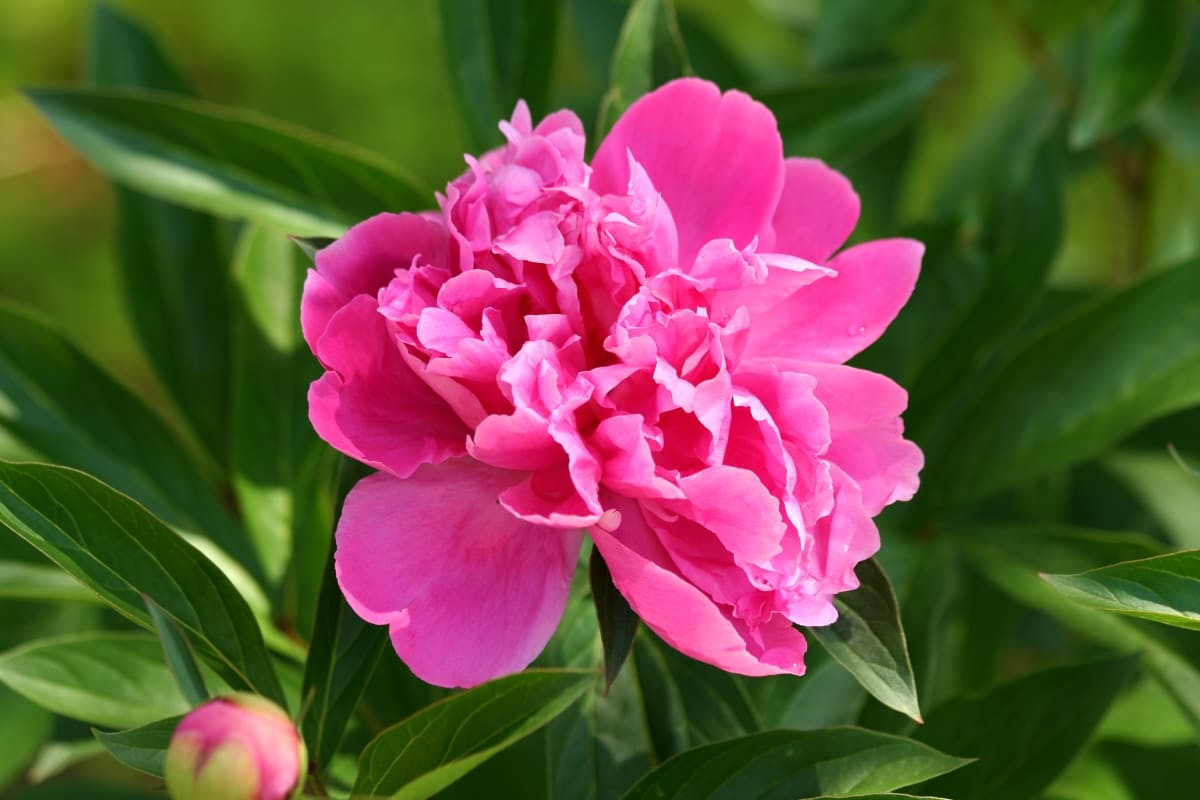
Improving Soil Health for Disease Prevention
To keep peonies pictures of healthy all season long, the soil must be kept rich and nourished. A dressing of compost works wonders, bolstering soil life and strengthening peonies’ natural defenses against disease and disorder. Happy soil means happy, healthy peonies! Healthy soil is fundamental in disease prevention. Incorporating organic matter, practicing crop rotation, and maintaining soil pH within optimal ranges are key strategies for improving soil health.
Watering Practices to Avoid Fungal Diseases
When watering your peonies, avoid oversaturating leaves and stems. Direct water to soil to quench roots and avoid excess moisture up top, which could foster fungal foes. With care in watering technique, peonies thrive disease-free all season long. Watering practices greatly influence fungal disease development. Drip irrigation or soaker hoses that target roots while keeping foliage dry are recommended to avoid fungal diseases.
Using Companion Planting to Protect Peonies
Companion planting is key for natural pest protection. Herbs like chives, garlic, and marigolds planted nearby will help ward off unwanted insect visitors. This fosters a balanced, biodiverse environment where peonies and all plants can flourish in peaceful coexistence.
Boosting Peony Health with Natural Fertilizers
To keep peonies vibrant throughout the season, nourish the soil with natural fertilizers like compost or well-rotted manure. These organic amendments strengthen soil life while providing crucial nutrients to underpin peonies’ robust growth and resistance to disorder of any kind.
In case you missed it: Guide to Lotus Cultivation: How to Propagate, Plant, Grow, Care, Cost, and Profit
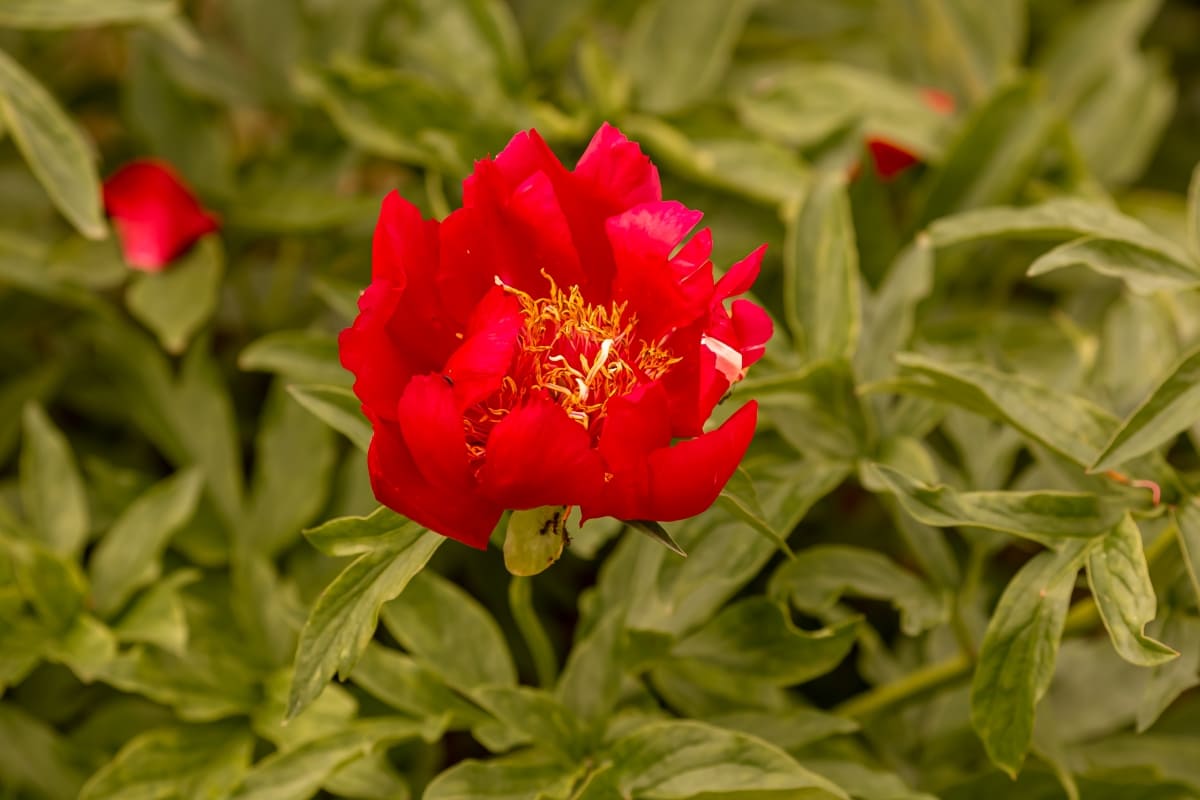
Pruning Techniques for Healthy Peonies
With a few simple snips performed at the right times, peonies stay healthy, happy, and eager to bloom. In fall and winter, remove dead or diseased parts. Deadhead spent blooms to encourage more flowers. With regular TLC, peonies reward you with years of bountiful beauty.
Seasonal Peony Care Guide for a Healthy Garden
By following some basic seasonal steps – like clearing away last season’s debris in spring, monitoring for pests or diseases in summer, and dividing clumps in fall – your peonies receive precisely what they need to thrive year after year. Season by season, your peony patch flourishes!
Managing Potential Problems Growing Peonies
Failure to Bloom
Peonies are renowned for their blooms, but when they fail to flower, it isn’t very pleasant. Several factors could be at play, including insufficient sunlight, recent transplantation, planting depth, excessive nitrogen fertilization, or overly large clumps. Understanding and addressing these issues can help promote blooming success.
Powdery Mildew
Powdery mildew often affects peonies in shady, poorly ventilated areas. This fungal disease manifests as a white powdery coating on leaves. While it doesn’t typically kill plants, it can mar their appearance. Removal of infected leaves in the fall and improving air circulation can help mitigate its impact.
Peony Leaf Blotch
Leaf blotch, caused by the Cladosporium fungus, results in brownish-purple spots on peony leaves. Warm, humid conditions exacerbate its spread. Good air circulation and avoiding leaf wetting during watering can help manage this disease. To prevent recurrence, remove and discard diseased leaves in the fall.
Botrytis Blight
Botrytis blight, caused by the Botrytis fungus, affects stems, leaves, and flower buds, especially in cool, rainy weather. Withered buds covered in gray fungal spores are a common symptom. Remove withered buds and spent flowers in spring and cut back stalks in fall. Ensure proper sunlight and soil drainage to prevent recurrence.
In case you missed it: How to Start Rose Farming in the USA: A Step-by-Step Production Guide for Planting to Harvesting
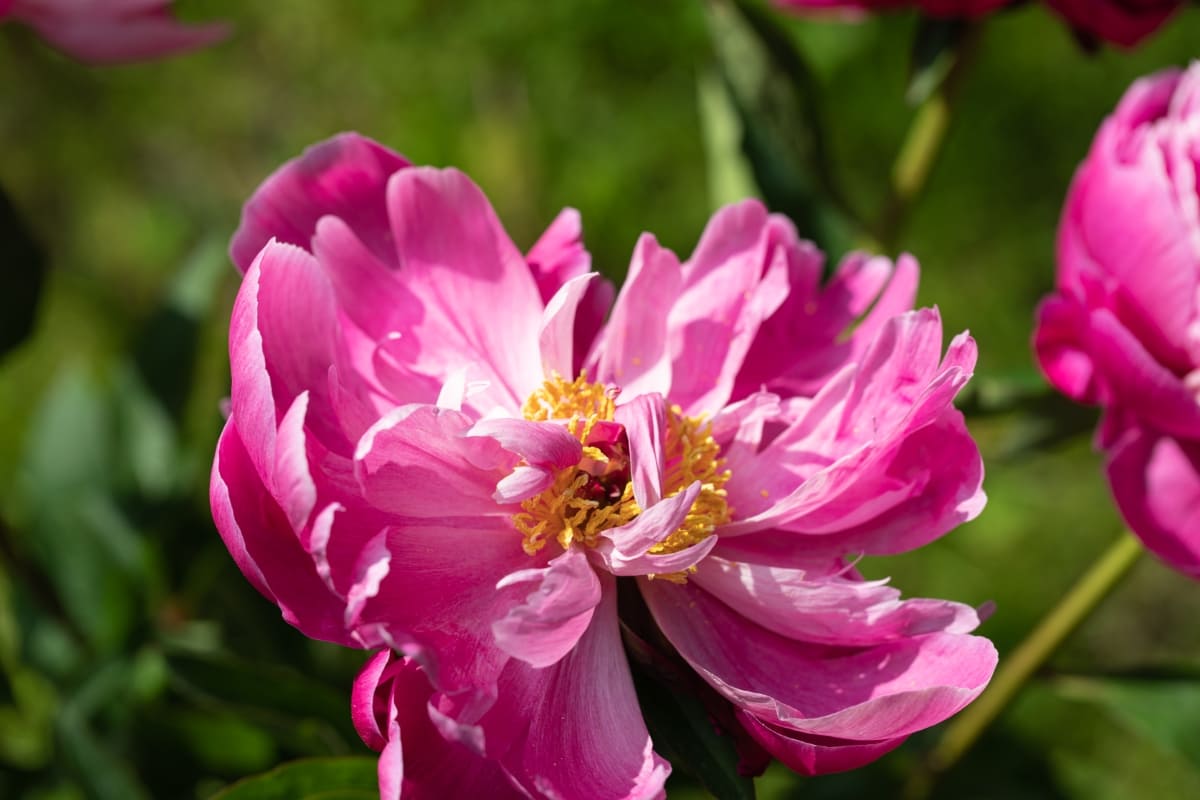
Phytophthora Blight
This fungal disease thrives in cool, wet conditions. It attacks roots and shoots and causes blackening and decay. Well-drained soil and proper spacing can help prevent its spread. Infected plants should be removed, and fungicides containing mancozeb or maneb may be used to control it.
Ants
While ants on peony blooms are attracted to the sugary nectar, they do not harm the plant’s flowering process. Removing them is unnecessary, as peonies will bloom regardless of their presence.
Flopping While in Bloom
Heavy double or triple-petaled blooms can cause stems to flop. Staking the stems as they emerge or as buds form provides additional support, ensuring upright blooms. Proper staking techniques can prevent this issue and maintain the aesthetic appeal of peony flowers.
Why Peonies Fail to Bloom
Peonies are beloved in Midwest gardens for their resilience and beauty. However, gardeners often worry when they fail to bloom. The primary reasons for this disappointment are often cultural, such as planting in excessive shade or too deep. Peonies require ample sunlight, ideally 4-6 hours daily, to thrive and bloom abundantly.
Transplanting or dividing peonies late in the summer can also disrupt their blooming cycle, sometimes taking a few years to recover fully. Over-fertilization with nitrogen can stimulate foliage growth at the expense of flowers. Additionally, excessively large clumps may struggle to bloom, but dividing them can rejuvenate flowering. Young plants may also need time to mature before producing blooms, typically taking 4-5 years from seed. Premature removal of foliage weakens the plant, leading to fewer flowers.
In case you missed it: Pest Management in Rose Crop: Major Insect Pest of Roses and Best Insecticide for Roses
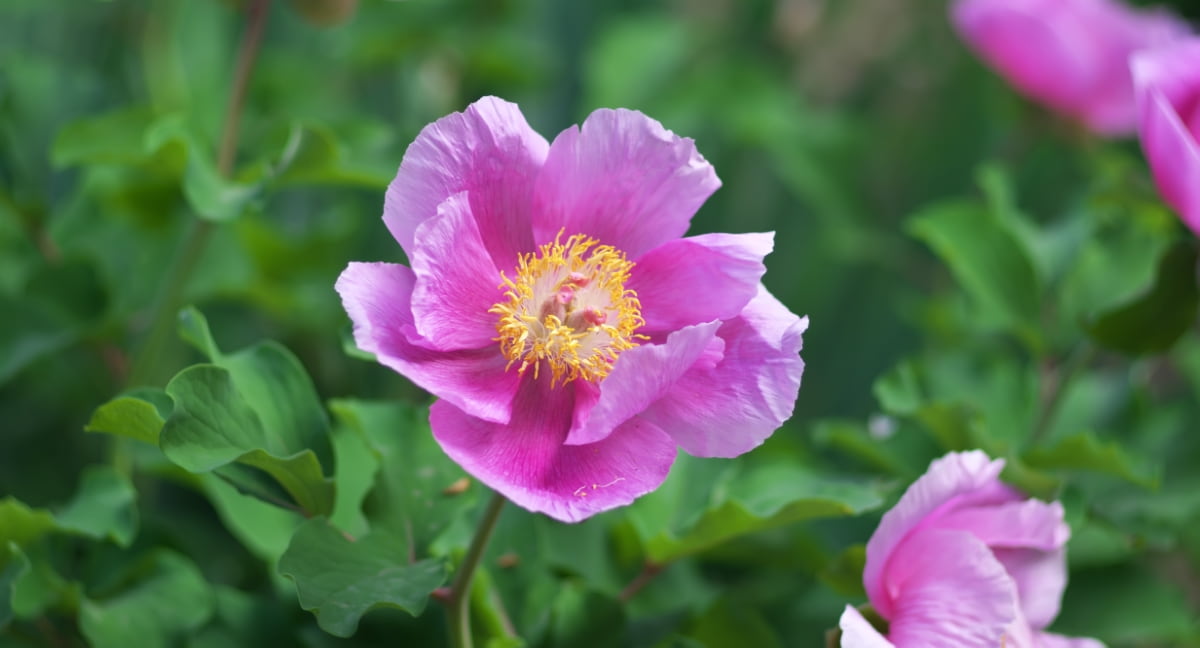
If buds do appear but fail to open, external factors like late freezes, extreme weather conditions, fungal diseases, or insect pests could be to blame. Preventative measures such as deadheading, removing diseased foliage, and providing proper nourishment can help mitigate these issues. By understanding and addressing factors, gardeners can enhance the blooming success of their cherished peonies.
Adopting natural remedies offers effective solutions to combat peony leaf and flower problems. Practices like proper watering, good air circulation, and organic pest control allow peonies to thrive without the need for harmful chemicals. Embracing these methods ensures vibrant, healthy blooms while preserving the environment.
- Types of Pesticides Used in Agriculture: A Beginner’s Guide
- Economical Aquaculture: A Guide to Low-Budget Fish Farming
- 15 Common Planting Errors That Can Doom Your Fruit Trees
- How to Make Houseplants Bushy: Effective Tips and Ideas
- Innovative Strategies for Boosting Coconut Pollination and Yield
- Pollination Strategies for Maximum Pumpkin Yield
- The Complete Guide to Chicken Fattening: Strategies for Maximum Growth
- Natural Solutions for Tulip Problems: 100% Effective Remedies for Leaf and Bulb-Related Issues
- Revolutionizing Citrus Preservation: Towards a Healthier, Greener Future
- Natural Solutions for Peony Leaf and Flower Problems: 100% Effective Remedies
- Maximizing Profits with Avocado Contract Farming in India: A Comprehensive Guide
- Natural Solutions for Hydrangea Problems: 100% Effective Remedies for Leaf and Flowers
- The Ultimate Guide to Choosing the Perfect Foliage Friend: Bringing Life Indoors
- From Sunlight to Sustainability: 15 Ways to Use Solar Technology in Agriculture
- The Ultimate Guide to Dong Tao Chicken: Exploring from History to Raising
- The Eco-Friendly Makeover: How to Convert Your Unused Swimming Pool into a Fish Pond
- Mastering the Art of Delaware Chicken Farming: Essentials for Healthy Backyard Flocks
- 20 Best Homemade Fertilizers for Money Plant: DIY Recipes and Application Methods
- How to Craft a Comprehensive Free-Range Chicken Farming Business Plan
- Brighten Your Flock: Raising Easter Egger Chickens for Beauty and Bounty
- How to Optimize Your Poultry Egg Farm Business Plan with These Strategies
- Subsidy for Spirulina Cultivation: How Indian Government Schemes Encouraging Spirulina Farmers
- Ultimate Guide to Raising Dominique Chickens: Breeding, Feeding, Egg-Production, and Care
- Mastering the Art of Raising Jersey Giant Chickens: Care, Feeding, and More
- Ultimate Guide to Raising Legbar Chickens: Breeding, Farming Practices, Diet, Egg-Production
- How to Raise Welsummer Chickens: A Comprehensive Guide for Beginners
- How to Protect Indoor Plants in Winter: A Comprehensive Guide
- Ultimate Guide to Grow Bag Gardening: Tips, Tricks, and Planting Ideas for Urban Gardeners
- Guide to Lotus Cultivation: How to Propagate, Plant, Grow, Care, Cost, and Profit
- Agriculture Drone Subsidy Scheme: Government Kisan Subsidy, License, and How to Apply Online
- Ultimate Guide to Raising Araucana Chickens: Breed Profile, Farming Economics, Diet, and Care
- Bringing Hydroponics to Classroom: Importance, Benefits of Learning for School Students
- Ultimate Guide to Raising Polish Chickens: Breed Profile, Farming Economics, Diet, and Care
- Ultimate Guide to Raising Australorp Chickens: Profile, Farming Economics, Egg Production, Diet, and Care
- Silkie Chicken Farming: Raising Practices, Varieties, Egg Production, Diet, and Care
- Sussex Chicken Farming: Raising Practices, Varieties, Egg Production, Diet and Care